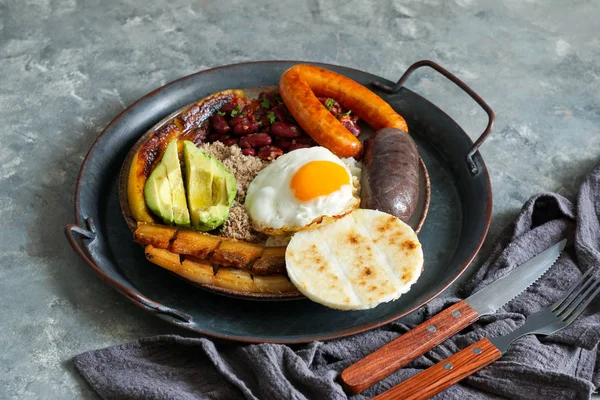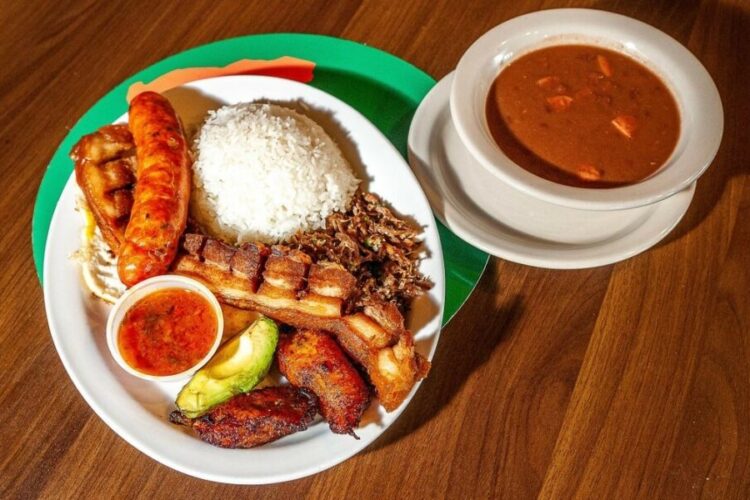Colombia’s diverse landscapes and spirited culture lend themselves to a dynamic culinary scene that evolves from coast to mountains, every region showcasing unique flavors. Whether it’s sipping luladolulo juice under the tropical sun or sampling the hearty stews found high in the Andes, travelers soon discover that Colombian cuisine reflects the country’s colorful soul. Below, explore where to go, when to visit, and which dishes to prioritize on a journey through Colombia.
When to Explore the Regions
Colombia’s equatorial location ensures mild weather much of the year, but certain months stand out. December to February and July to August bring a welcome dryness, making them ideal for touring big cities and meandering through the highlands. Along the Caribbean coast, sunny stretches are plentiful between December and April, when beaches sparkle under radiant skies. Meanwhile, coffee country—known as the Zona Cafetera—receives visitors throughout the year, though drier periods in January or February are perfect for capturing the rolling green hills without a rainy curtain.
Bogotá: A Blend of Tradition and Innovation
Bogotá, perched high in the Andes, marries tradition with contemporary flair. Visit the historic La Candelaria district for a cultural introduction. Stop by the bustling Paloquemao Market to witness an impressive collection of local produce, where stands overflow with exotic fruit, including the tangy lulo that flavors the popular luladolulo juice.
For a taste of homegrown comfort, seek out ajiaco. This chicken and potato soup, simmered with guasca herbs, warms chilly evenings in the capital. Order it at a family-run eatery or a chic modern restaurant, since everyone puts their own stamp on this beloved dish. Try it with thick slices of avocado and a dollop of local cream for extra richness.
Medellín: The City of Eternal Spring
Medellín’s temperate weather and creative spirit make it a magnet for wanderers. Visit year-round, although the famed Flower Festival in August adds a burst of color to the already vibrant city. Wander through El Poblado for trendy dining spots or the Mercado del Río for fresh, local specialties.
No trip to Medellín is complete without sampling bandeja paisa, a hearty platter featuring beans, rice, grilled meat, fried egg, chorizo, and arepa. The dish honors the work ethic of the paisa people who needed a substantial meal before a long day in the fields. For a light snack, grab chicharrón or mini-empanadas from corner stands. The crispy textures and savory fillings are pure delight.

Cartagena: Coastal Charm and Caribbean Heat
Sitting along the Caribbean coast, Cartagena unveils cobblestone streets and pastel-colored facades within its walled Old Town. Crowded squares fill with music at sunset, and fresh seafood remains a staple on local menus. From ceviche to fried mojarra, fish paired with patacones (fried green plantains), the coastal flavors here boast a zesty tang.
Cartagena’s best weather appears from December to April, when rains are scarce and breezes keep things comfortable. Venture out early to Las Bóvedas market, where vendors sell everything from bright hammocks to bottled sauces. Grab a bowl of coconut rice or an arepa de huevo as you amble along the historic walls.
Cali: Salsa Rhythms and Fruity Elixirs
In Cali, the epicenter of Colombian salsa, music reverberates through city streets. Visit between June and August for a typically sunny stretch, or consider a December trip to catch the annual Feria de Cali, a festival of music and dance.
Amid the rhythmic energy, quench your thirst with luladolulo juice, a specialty born of the tangy lulo fruit. Locals combine fresh fruit pulp with sugar and water, creating a sweet-tart drink that revitalizes after a long day of dancing. Also indulge in sancocho de gallina, a chicken stew slow-cooked with plantains and yucca, revealing a comforting side of Cali’s cuisine.
EjeCafetero: Coffee and Countryside Tranquility
The countryside of the EjeCafetero, or coffee region, spans lush valleys and green hillsides dotted with fincas. While coffee tours are the main draw, local kitchens proudly serve dishes rooted in tradition. Tamales, arepas de choclo, and hearty soups grace farmhouse tables, paired perfectly with freshly brewed Colombian coffee.
Tour in January or February to catch typically drier weather and witness the coffee harvest in action. Many fincas offer overnight stays where you’ll learn about cultivation, processing, and tasting, enhancing your appreciation for both the beverage and the land.
Common Ingredients and Distinctive Tastes
Colombian cuisine brings together corn, plantains, beans, and a variety of meats—often chicken, beef, or pork. These staples interweave with native herbs and spices like cumin, cilantro, and guasca for layered and comforting flavors. Soups feature prominently, warming hearts and souls in the cooler climates, while coastal regions embrace bright, citrusy highlights in seafood dishes. Grilled or fried meats and fresh fruit juices embody a lively approach to cooking that balances nourishment with indulgence.
Culinary Suggestions to Elevate Your Journey
- Experience a local market early in your trip. Pick up exotic fruit, sample fresh cheese, and chat with vendors for an authentic taste of community life.
• Seek out smaller, family-run spots serving generational recipes. The personal touch reveals a deeper connection to Colombia’s heritage.
• Don’t leave without sipping luladolulo juice, as it encapsulates the tang, sweetness, and vibrancy that define Colombian cuisine.
• Remember to embrace diversity: from hearty Andean stews to the sun-kissed plates of the Caribbean, each region offers a new culinary page to explore.
Conclusion
Ultimately, Colombia’s varied landscapes, warm spirit, and flavorful cooking converge to create an unforgettable journey that satisfies both wanderlust and an appetite for discovery. Whether you’re savoring a steamy bowl of ajiaco in Bogotá or sipping tangy luladolulo juice beneath Cali’s palm trees, every region invites exploration. Pack curiosity, arrive hungry, and immerse yourself in the layered tapestry of Colombian cuisine.

